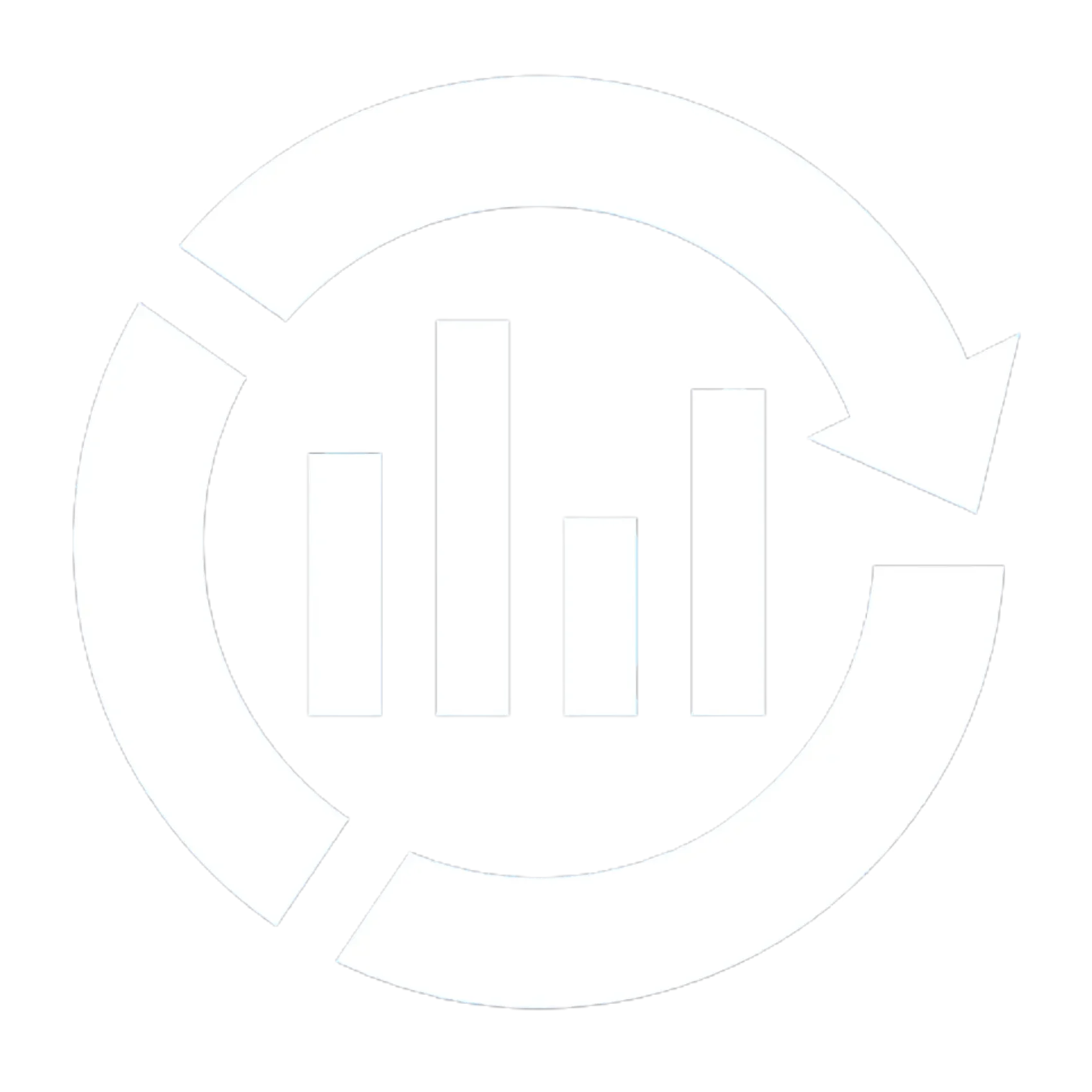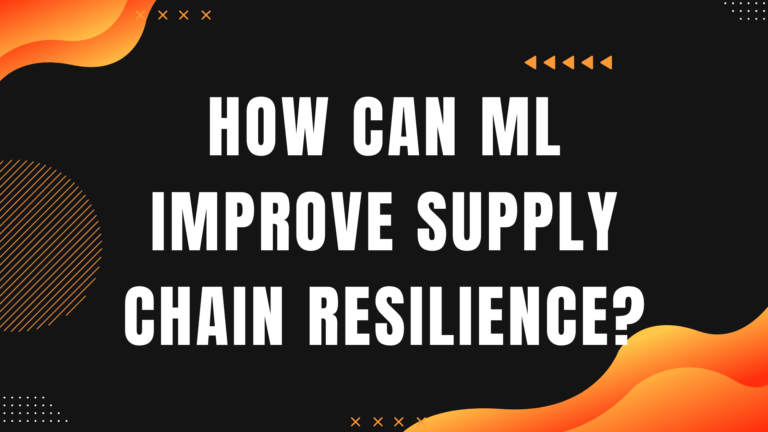In supply chains, forecasting errors often lead to either stockouts that frustrate customers or bloated inventory that drains margins. While most companies account for seasonality, price changes, and promotions, one critical factor often remains underestimated—advertising.
Advertising does more than create awareness; it actively shifts demand curves. A high-budget campaign can generate sudden spikes in sales, while poorly timed ads can inflate expectations and leave shelves overstocked. Ignoring these effects makes your forecast blind to one of the biggest levers shaping consumer behavior.

Why Advertising Effects Matter
Advertising is not just about visibility; it acts as a controlled shock to demand. Unlike seasonality, which follows predictable patterns, or pricing, which you can adjust internally, advertising introduces demand surges that are externally driven but carefully planned.
Consider a few examples:
- A new product launch backed by a heavy TV and digital campaign can double baseline sales overnight.
- A retargeting campaign may not trigger an immediate spike but often sustains long-tail repeat purchases.
- A Super Bowl ad, even if tied to one brand, can reshape demand trends across categories for weeks.
Ignoring these effects can lead to serious planning errors. Forecasts that miss the advertising variable risk either stockouts when demand surges or bloated inventory when the uplift was overestimated. Beyond inventory, poor modeling of advertising effects also cripples the ability to measure campaign ROI accurately.
Measuring the Impact of Advertising
Before incorporating advertising into demand forecasting, it is essential to quantify its true impact. This ensures that forecasts are not just guesses but backed by measurable data. Several proven methods can help capture advertising effects:
- Regression Analysis: By analyzing historical sales alongside advertising spend, you can uncover correlations while controlling for other drivers such as price changes, seasonality, or competitive actions.
- Lagged Variables: Advertising rarely produces instant results. Customers may see an ad today but make a purchase days or even weeks later. Lag structures in the model help capture these delayed responses.
- Dummy Variables: Campaigns often run in bursts. Using binary indicators (1 = campaign active, 0 = no campaign) allows models to account for these discrete periods of influence.
- Causal Impact Models: Bayesian and structural techniques can separate sales driven by advertising from what would have occurred naturally, giving a clear picture of incremental demand.
- Experiments (A/B Testing): Perhaps the most rigorous approach, this involves exposing one region or customer group to ads while keeping another group as a control. The difference in demand provides a direct measure of advertising lift.
Capturing these effects with precision ensures that your demand forecast reflects reality rather than relying solely on historical sales patterns.
Incorporating Advertising Effects into Forecasting Models
Once the impact of advertising is measured, the next step is to integrate it directly into your forecasting models. The right method depends on your organization’s analytical maturity and data availability:
- ARIMAX (AutoRegressive Integrated Moving Average with Exogenous Variables): A powerful time-series approach where advertising spend, impressions, or campaign dummies are included as explanatory variables alongside traditional demand drivers.
- Multivariate Regression: A simpler method that treats advertising as an independent predictor of sales, making it a good starting point for teams building their first advertising-aware forecasts.
- Machine Learning Models (XGBoost, Random Forests, Neural Nets): Ideal when relationships between ad spend and demand are nonlinear or complex. These models can capture effects such as diminishing returns or channel-specific performance differences.
- Logistic or Exponential Functions: Useful for modeling the concept of saturation, where additional ad spend produces smaller incremental gains.
A critical principle to remember is diminishing returns. A $10,000 advertising campaign may double sales, but increasing the budget to $1 million does not guarantee demand will multiply by 100. The relationship between spend and demand is rarely linear, and your model must reflect that reality.
Using Forecasts with Advertising Effects
Once advertising is integrated into your demand forecasts, the outputs become far more actionable for supply chain and business decisions. These enhanced forecasts allow organizations to:
- Plan Inventory with Precision: By knowing where and when campaigns will run, you can align stock levels to avoid shortages in high-demand regions or prevent excess in areas with no campaign exposure.
- Coordinate Marketing and Operations: Forecasting becomes a joint exercise rather than a siloed function. Marketing insights feed demand planning, while operations provide feedback on feasibility.
- Optimize Campaign ROI: Comparing forecasted uplift with actual sales helps measure advertising effectiveness, refine future campaigns, and reallocate budgets toward the best-performing channels.
- Run Scenario Planning: Businesses can simulate outcomes under different advertising strategies—for example, shifting budget from TV to digital or from metro cities to tier-two regions—and anticipate how demand patterns will change.
By using forecasts enriched with advertising effects, companies not only minimize forecasting errors but also turn demand planning into a strategic driver for both marketing performance and supply chain efficiency.
Improving Forecast Accuracy Over Time
Incorporating advertising into demand forecasting is not a one-time exercise—it requires continuous monitoring and refinement. Advertising campaigns evolve, consumer responses shift, and external factors influence outcomes, so your models must adapt. Key practices include:
- Backtesting Regularly: Compare forecasts against actual demand to evaluate how well advertising effects were captured.
- Cross-Validation: Use statistical validation to ensure the model is not simply overfitting historical data.
- Updating Lag Structures: Different channels create different response times—digital ads often produce faster effects than traditional media. Adjust your lag assumptions as campaigns change.
- Collaborating Across Teams: Sales and marketing teams have forward-looking knowledge (such as upcoming campaigns or expected consumer trends) that no algorithm can predict in isolation. Their input ensures models stay grounded in reality.
In practice, organizations that routinely fine-tune their advertising-inclusive forecasts see measurable improvements. For example, one FMCG firm reported an 18% increase in forecast accuracy during a major product launch once advertising data was systematically incorporated.
Key Considerations and Pitfalls
While adding advertising effects can significantly improve demand forecasting accuracy, there are several challenges to manage carefully:
- Data Quality: Advertising data often comes fragmented across TV, print, and digital channels. Without consistent, standardized inputs, your models risk being skewed.
- Attribution Complexity: Multi-channel campaigns make it difficult to isolate which touchpoint actually drove the demand. A customer might see a TV ad, receive an email, and then convert via social media—all contributing to the sale.
- Overfitting Risks: Adding too many advertising variables can make a model overly complex and sensitive to noise. Start simple, then expand as you validate results.
- Cross-Channel Effects: Advertising can generate halo effects—boosting demand not only for the featured product but also for related SKUs. If unaccounted for, this can distort forecasts.
- Saturation Points: Every campaign reaches a limit where additional spend no longer produces significant incremental demand. Ignoring this effect can lead to overly optimistic forecasts.
Being aware of these pitfalls helps planners balance sophistication with practicality, ensuring forecasts are accurate without becoming unnecessarily complex.
Conclusion
Incorporating advertising effects into demand forecasting is no longer optional—it is a strategic necessity. Advertising has the power to reshape consumer demand curves, amplify product launches, and even distort entire category sales patterns. By systematically measuring its impact and integrating it into forecasting models, businesses can move beyond reactive planning and toward proactive, data-driven decision-making.
Whether you start with simple regression, adopt ARIMAX, or leverage advanced machine learning, the key is to recognize advertising as an exogenous driver of demand. Doing so not only improves forecast accuracy but also enhances collaboration between marketing and operations, ensures better inventory alignment, and ultimately maximizes campaign ROI.
Forecasting is about anticipating reality—and advertising is one of the most powerful realities you cannot afford to ignore.
Frequently Asked Questions (FAQ)
Q1. Why should advertising be included in demand forecasting?
Because advertising directly influences consumer behavior. Ignoring it can lead to stockouts during campaign-driven demand spikes or excess inventory when uplift is overestimated.
Q2. What models are best for incorporating advertising effects into forecasts?
Common choices include ARIMAX for time-series with external variables, multivariate regression for simpler analysis, and machine learning models like XGBoost for capturing nonlinear patterns.
Q3. How do lag effects influence advertising impact in forecasts?
Advertising often works with a delay—customers may act days or weeks after seeing an ad. Using lagged variables ensures forecasts reflect these delayed effects.
Q4. Can advertising forecasts improve marketing ROI?
Yes. By comparing forecasted demand uplift with actual results, businesses can measure campaign effectiveness, optimize budget allocation, and improve future advertising strategies.
Q5. What is the biggest challenge in forecasting with advertising data?
Data fragmentation across channels and attribution complexity. To solve this, companies must integrate clean, standardized datasets and account for cross-channel effects.






